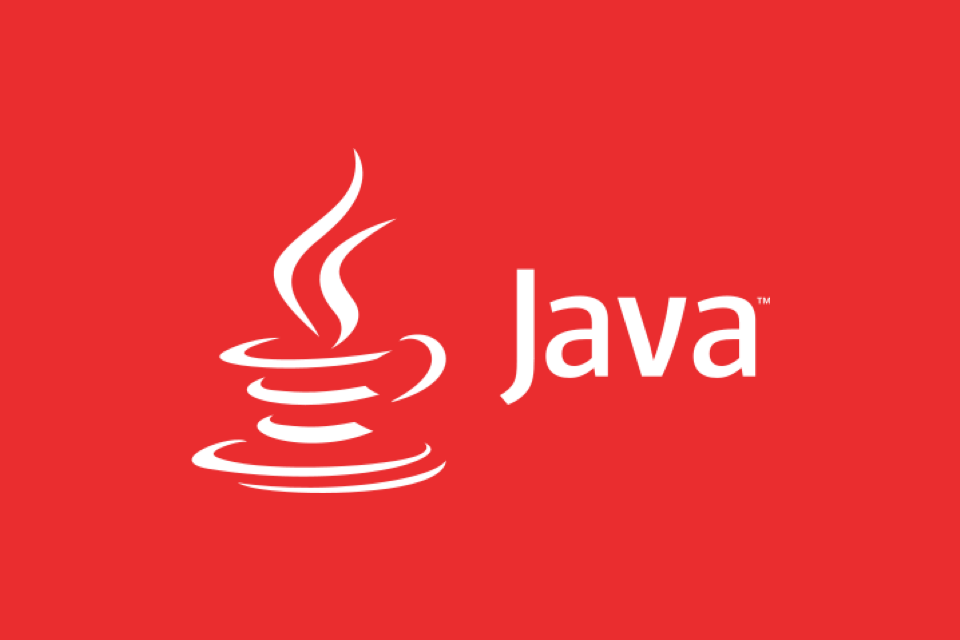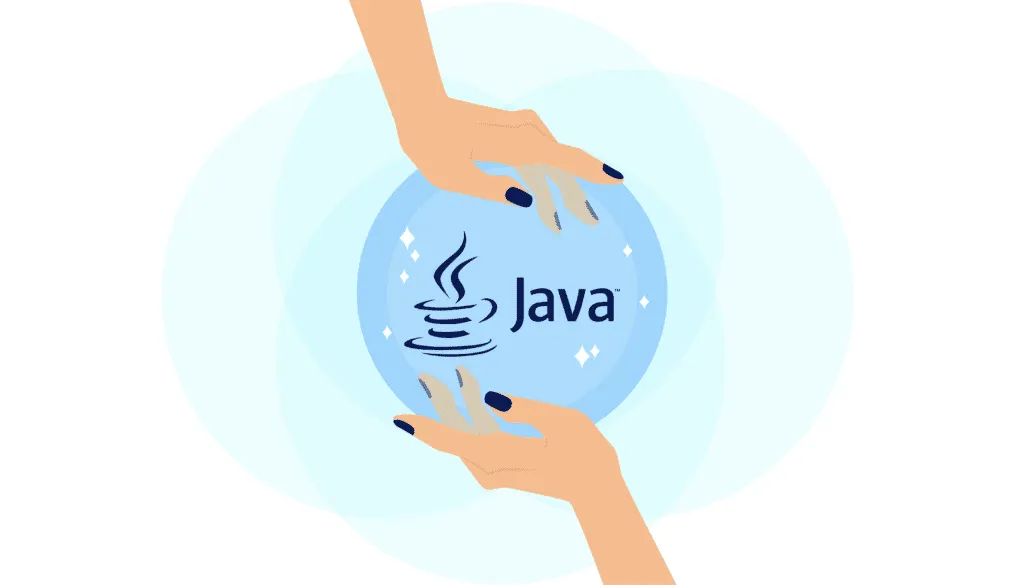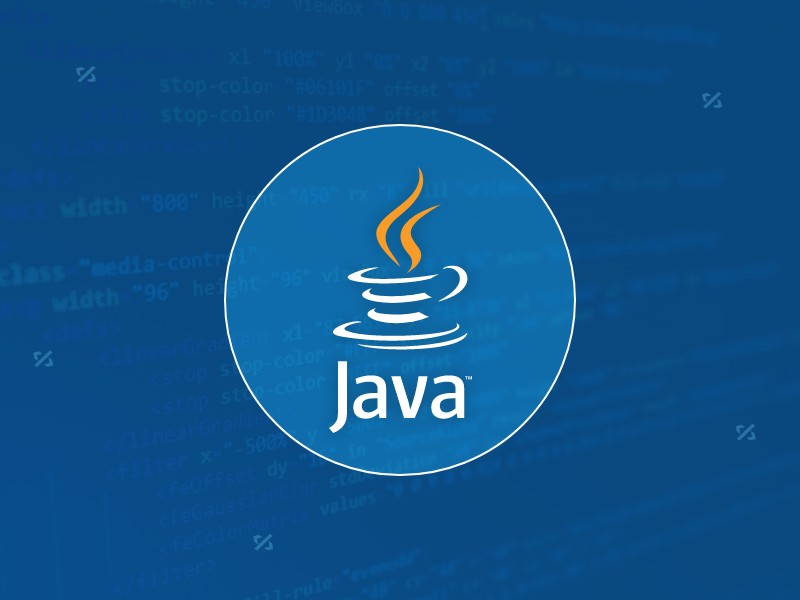Using Java CompletableFuture for Asynchronous Tasks
Jul 04, 2025 am 02:18 AMCompletableFuture is a powerful asynchronous programming tool introduced by Java 8. It implements the Future and CompletionStage interfaces, allowing chain processing, combination and exception management of asynchronous operations. 1. It implements asynchronous task execution through runAsync() and supplyAsync() methods; 2. Supports operation chain calls using thenApply, thenAccept and thenRun; 3. ThenCompose and thenCombine are used to combine multiple asynchronous operations; 4. Exceptionally and handle methods provide exception handling mechanisms; 5. It is recommended to use it in combination with custom thread pools to avoid blocking the public thread pool, and emphasize that error handling logic must be included in production code.

Asynchronous programming is a must-have skill these days, especially when dealing with I/O-bound operations or trying to scale applications efficiently. In Java, one of the most powerful tools for handling async tasks is CompletableFuture . It gives you fine-grained control over asynchronous operations and makes chaining, combining, and error handling much easier than using raw threads or even Future .

What is CompleteFuture?
CompletableFuture was introduced in Java 8 as part of the java.util.concurrent package. It's an implementation of the Future interface that also implements the CompletionStage interface. This means it not only allows you to get the result of an asynchronous computing but also enables you to chain dependent actions, handle exceptions, and combine multiple futures.

Think of it like this: instead of waiting for a task to finish before moving on, you can define what should happen once it finishes — all without blocking your main thread.
Starting Simple: Running Async Tasks
The simplest use case is running a task asynchronously. You can do this using methods like runAsync() (for Runnable ) or supplyAsync() (for Supplier ).

CompletableFuture<String> future = CompletableFuture.supplyAsync(() -> {
// Simulate long-running task
try {
Thread.sleep(1000);
} catch (InterruptedException e) {
Thread.currentThread().interrupt();
}
return "Hello from async";
}); This creates a task that runs in a separate thread (by default using ForkJoinPool.commonPool() , unless you specify another executor). You can later retrieve the result by calling future.get() .
A few things to note:
- If you're doing blocking I/O, consider supplying your own executor to avoid starving the common pool.
- Don't forget to handle interruptions properly.
- Use
supplyAsyncwhen you expect a return value; userunAsyncif you don't.
Chaining Operations: thenApply, thenAccept, thenRun
Once you have a future, you often want to do something with its result. That's where chaining comes in.
Here are three commonly used methods:
-
thenApply: transforms the result -
thenAccept: consumes the result (no return) -
thenRun: runs a task after completion (ignores result)
Example:
CompletableFuture<Integer> future = CompletableFuture.supplyAsync(() -> "Hello")
.thenApply(s -> s.length())
.thenApply(len -> len * 2); This returns a CompletableFuture<Integer> that will eventually resolve to 10 .
Use cases:
- Transforming data between stages
- Logging intermediate results
- Triggering side effects based on outcome
Tip: Keep transformations simple in each stage. Complex logic inside a single thenApply can make debugging harder.
Combining Futures: thenCompose and thenCombine
Sometimes you need to run two related async operations in sequence or parallel.
-
thenComposeis used when you want to chain futures sequentially (ie, result of first is input to second). -
thenCombineis for parallel execution where you want to combine the results afterward.
Example with thenCompose :
CompletableFuture<String> future1 = CompletableFuture.supplyAsync(() -> "Hello"); CompletableFuture<String> future2 = future1.thenCompose(s -> CompletableFuture.supplyAsync(() -> s "World"));
Example with thenCombine :
CompleteFuture<Integer> futureA = CompleteFuture.supplyAsync(() -> 10); CompleteFuture<Integer> futureB = CompleteFuture.supplyAsync(() -> 20); CompleteFuture<Integer> combined = futureA.thenCombine(futureB, (a, b) -> ab);
These methods are useful when:
- You need to aggregate data from multiple services
- You want to avoid callback hell by flattening nested futures
- You're building pipelines that require both serial and parallel steps
Handling Errors Gracefully with exceptionally or handle
Unpredictable things happen in async code — network failures, timeouts, etc. So knowing how to recover or fallback is important.
You can use:
-
exceptionally(Function<Throwable, ? extends T>)to provide a fallback value -
handle(BiFunction<T, Throwable, R>)for more granular control (you get both result and exception)
Example:
CompleteFuture<Integer> future = CompleteFuture.supplyAsync(() -> {
if (Math.random() > 0.5) throw new RuntimeException("Oops!");
return 100;
}).exceptionally(ex -> {
System.out.println("Error occurred: " ex.getMessage());
return 0; // fallback value
});Some best practices:
- Always include error handling in production code
- Avoid silent failures — log errors at least
- Consider retry strategies or circuit breakers in critical paths
Wrapping Up
Using CompletableFuture effectively can simplify complex async workflows and improve application responsiveness. Start small — maybe just wrapping a slow database call or HTTP request. Then gradually explore chaining, combining, and advanced error handling.
It might seem overwhelming at first with so many methods ( allOf , anyOf , whenComplete , etc.), but once you understand the core patterns, it becomes second nature.
Basically that's it.
The above is the detailed content of Using Java CompletableFuture for Asynchronous Tasks. For more information, please follow other related articles on the PHP Chinese website!

Hot AI Tools

Undress AI Tool
Undress images for free

Undresser.AI Undress
AI-powered app for creating realistic nude photos

AI Clothes Remover
Online AI tool for removing clothes from photos.

Clothoff.io
AI clothes remover

Video Face Swap
Swap faces in any video effortlessly with our completely free AI face swap tool!

Hot Article

Hot Tools

Notepad++7.3.1
Easy-to-use and free code editor

SublimeText3 Chinese version
Chinese version, very easy to use

Zend Studio 13.0.1
Powerful PHP integrated development environment

Dreamweaver CS6
Visual web development tools

SublimeText3 Mac version
God-level code editing software (SublimeText3)

Hot Topics
 Selecting Specific Columns | Performance Optimization
Jun 27, 2025 pm 05:46 PM
Selecting Specific Columns | Performance Optimization
Jun 27, 2025 pm 05:46 PM
Selectingonlyneededcolumnsimprovesperformancebyreducingresourceusage.1.Fetchingallcolumnsincreasesmemory,network,andprocessingoverhead.2.Unnecessarydataretrievalpreventseffectiveindexuse,raisesdiskI/O,andslowsqueryexecution.3.Tooptimize,identifyrequi
 What is the `enum` type in Java?
Jul 02, 2025 am 01:31 AM
What is the `enum` type in Java?
Jul 02, 2025 am 01:31 AM
Enums in Java are special classes that represent fixed number of constant values. 1. Use the enum keyword definition; 2. Each enum value is a public static final instance of the enum type; 3. It can include fields, constructors and methods to add behavior to each constant; 4. It can be used in switch statements, supports direct comparison, and provides built-in methods such as name(), ordinal(), values() and valueOf(); 5. Enumeration can improve the type safety, readability and flexibility of the code, and is suitable for limited collection scenarios such as status codes, colors or week.
 Applying Semantic Structure with article, section, and aside in HTML
Jul 05, 2025 am 02:03 AM
Applying Semantic Structure with article, section, and aside in HTML
Jul 05, 2025 am 02:03 AM
The rational use of semantic tags in HTML can improve page structure clarity, accessibility and SEO effects. 1. Used for independent content blocks, such as blog posts or comments, it must be self-contained; 2. Used for classification related content, usually including titles, and is suitable for different modules of the page; 3. Used for auxiliary information related to the main content but not core, such as sidebar recommendations or author profiles. In actual development, labels should be combined and other, avoid excessive nesting, keep the structure simple, and verify the rationality of the structure through developer tools.
 What is the JDK?
Jun 25, 2025 pm 04:05 PM
What is the JDK?
Jun 25, 2025 pm 04:05 PM
JDK (JavaDevelopmentKit) is a software development environment for developing Java applications and applets. It contains tools and libraries required to compile, debug and run Java programs. Its core components include Java compiler (javac), Java runtime environment (JRE), Java interpreter (java), debugger (jdb), document generation tools (javadoc) and packaging tools (such as jar and jmod). Developers need JDK to write, compile Java code and develop with the help of IDE; without JDK, Java applications cannot be built or modified. You can enter javac-version and java-version in the terminal
 VSCode debugger for Java setup guide
Jul 01, 2025 am 12:22 AM
VSCode debugger for Java setup guide
Jul 01, 2025 am 12:22 AM
The key steps in configuring the Java debugging environment on VSCode include: 1. Install JDK and verify; 2. Install JavaExtensionPack and DebuggerforJava plug-in; 3. Create and configure the launch.json file, specify mainClass and projectName; 4. Set up the correct project structure to ensure the source code path and compilation output are correct; 5. Use debugging techniques such as Watch, F8/F10/F11 shortcut keys and methods to deal with common problems such as class not found or JVM attachment failure.
 XML rules: Common errors to avoid
Jun 22, 2025 am 12:09 AM
XML rules: Common errors to avoid
Jun 22, 2025 am 12:09 AM
Methods to avoid XML errors include: 1. Ensure that the elements are nested correctly, 2. Escape special characters. Correct nesting avoids parsing errors, while escape characters prevent document corruption, using an XML editor can help maintain structural integrity.
 How do I set up VS Code for Java development?
Jun 29, 2025 am 12:23 AM
How do I set up VS Code for Java development?
Jun 29, 2025 am 12:23 AM
To use VSCode for Java development, you need to install the necessary extensions, configure the JDK and set up the workspace. 1. Install JavaExtensionPack, including language support, debugging integration, build tools and code completion functions; optional JavaTestRunner or SpringBoot extension package. 2. Install at least JDK17 and verify through java-version and javac-version; set the JAVA_HOME environment variable, or switch multiple JDKs in the status bar at the bottom of VSCode. 3. After opening the project folder, make sure the project structure is correct and enable automatic saving, adjust the formatting rules, enable code checking, and configure the compilation task to optimize the opening.
 Windows search bar not typing
Jul 02, 2025 am 10:55 AM
Windows search bar not typing
Jul 02, 2025 am 10:55 AM
When the Windows search bar cannot enter text, common solutions are: 1. Restart the Explorer or computer, open the Task Manager to restart the "Windows Explorer" process, or restart the device directly; 2. Switch or uninstall the input method, try to use the English input method or Microsoft's own input method to eliminate third-party input method conflicts; 3. Run the system file check tool, execute the sfc/scannow command in the command prompt to repair the system files; 4. Reset or rebuild the search index, and rebuild it through the "Index Options" in the "Control Panel". Usually, we start with simple steps first, and most problems can be solved step by step.






